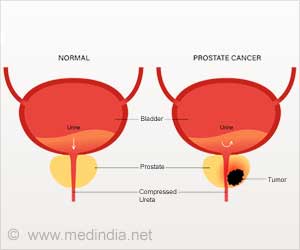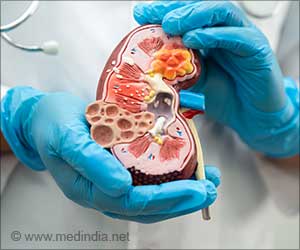In randomized clinical trials, the second generation drug-eluting stent, everolimus-eluting stent (EES), has consistently demonstrated superior clinical outcomes

This has now been addressed in the Randomised Evaluation of Sirolimus-eluting versus Everolimus-eluting stent Trial (RESET), a prospective randomised multicentre open label trial comparing EES with SES in daily clinical practice in Japan. The trial was performed in patients scheduled for percutaneous coronary intervention with drug-eluting stents, who were enrolled without any exclusion criteria. The primary efficacy endpoint was defined as any target-lesion revascularisation. The trial was a sequential non-inferiority and superiority study, which was powered for non-inferiority on the primary efficacy endpoint at one year after the index procedure.
Between February and July 2010, a total of 3206 patients were enrolled in the trial among 100 participating centres. Excluding nine patients who withdrew consent, 3197 patients were randomly assigned to receive either of the twp investigation stents.
An angiographic sub-study evaluating in-segment late lumen loss and angiographic restenosis rate at eight months included 571 patients. The study population included large proportions of patients with advanced age, diabetes and prior PCI. The two groups of patients were well balanced in terms of baseline clinical, angiographic and procedural characteristics.
Results of this large randomised trial comparing showed EES to be non-inferior to SES in terms of target-lesion revascularisation rate at one year and angiographic in-segment late loss at 8-12 months.
"One-year clinical outcome after both EES and SES use was excellent," said investigator Dr Takeshi Kimura from Kyoto University Hospital, Kyoto, Japan, "with low rate of target-lesion revascularisation and very low rate of stent thrombosis."
Advertisement
Second, despite the all-comers trial design, the study population actually enrolled seemed to represent relatively low-risk patients, resulting in event rates lower than anticipated. Future stent trials, he suggested, might focus more on complex patients, in whom coronary artery bypass grafting could be a reasonable alternative.
Advertisement
Source-Eurekalert








